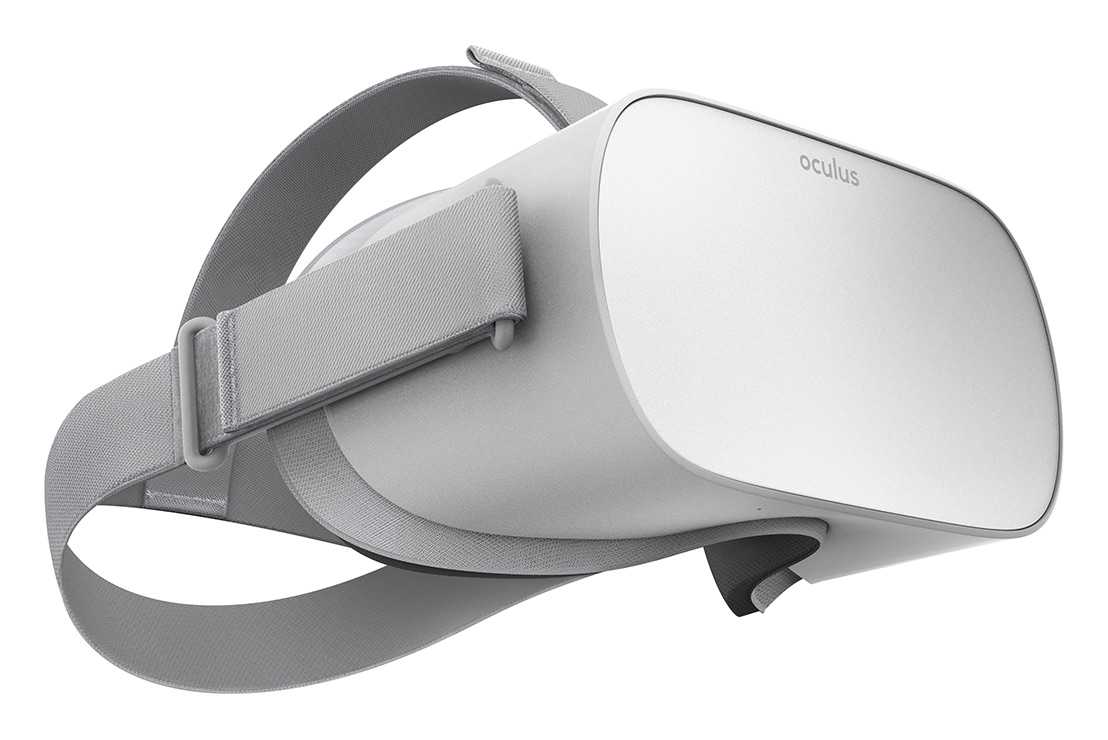Vale la pena pegarle una leída a este breve artículo para tener una base común sobre la que poder juzgar la calidad de los sistemas en cuanto a la densidad que nos ofrecen. Como bien apunta, ni la cantidad de píxeles totales, ni la densidad nominal de la pantalla en Pixels por Pulgada son significativos si no tenemos en cuenta el efecto de la lente que tenemos entre nuestro ojo y la pantalla.
Here’s the short answer: In VR headsets, the screen is blown up to cover a much larger area of the user’s field of vision than in desktop settings. What counts is not the total number of pixels, and especially not the display’s resolution in pixels per inch, but the resolution of the projected virtual image in pixels per degree, as measured from the viewer’s eyes. A 20″ desktop screen, when viewed from a typical distance of 30″, covers 37° of the viewer’s field of vision, diagonally. The screen (or screens) inside a modern VR headset cover a much larger area. For example, I measured the per-eye field of view of the HTC Vive as around 110°x113° under ideal conditions, or around 130° diagonally (it’s complicated), or three and a half times as much as that of the 20″ desktop monitor. Because a smaller number of pixels (1080×1200 per eye) is spread out over a much larger area, each pixel appears much bigger to the viewer.
....
Conclusion
I believe, and I think my preliminary tests show, that it is possible to use subjective visual acuity, measured via a feedback-driven automated system, as a reliable way to judge the visual clarity, or effective resolution, of head-mounted or regular displays. The measure takes effects besides raw display panel resolution and lens magnification into account, and even applies to future head-mounted displays that might use foveated rendering, near-eye light fields, or holography as their display technologies. In a practical sense, it also allows evaluation of different display settings, and gives users and developers a way to predict required minimum sizes for user interface elements, depending on what display hardware and rendering settings are used

